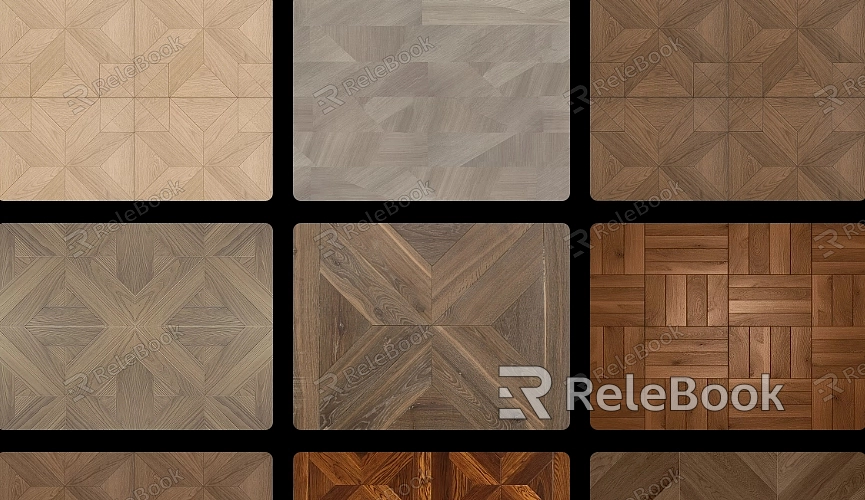Diverse Applications of Floor Textures in 3ds Max
There are various types of floor textures, such as marble, wooden, and common concrete textures. In 3ds Max, a 3D design software, floor textures are extensively utilized. These textures offer abundant applications in model and scene rendering. Let's delve into their uses!

1. Wooden Floor Texture
Wooden floor textures are often used to simulate various wooden floor textures like oak or maple. In 3ds Max, utilizing wooden floor textures can create realistic flooring effects for interior scenes—be it an antique wooden floor for a living room or a modern office floor.
2. Tile Texture
Tile textures replicate the appearance of tiled flooring with diverse patterns and colors. In 3ds Max, employing tile textures adds realism to indoor and outdoor scenes, such as luxurious bathroom floors or tiled terraces.
3. Marble Texture
Marble textures mimic the gloss and patterns of marble, offering a luxurious and elegant effect. In 3ds Max, using marble textures can create magnificent interior decorations, like palace floors or opulent hotel lobbies.
4. Concrete Texture
Concrete textures are commonly used to evoke a modern architectural feel, sometimes showcasing an industrial aesthetic. In 3ds Max, utilizing concrete textures allows for the design of industrial-themed indoor and outdoor scenes, such as modern offices or urban street surfaces.
5. Carpet Texture
Carpet textures represent various fabric materials, from wool to fine fibers. In 3ds Max, employing carpet textures can create comfortable flooring effects for bedrooms, living rooms, or offices, emanating a cozy ambiance.
Floor textures in 3ds Max offer versatile and flexible applications, providing realistic ground effects for diverse scenes and model renderings. Choosing different floor textures can shape entirely different atmospheres and styles, adding vibrancy and interest to your designs. For high-quality texture needs, Relebook offers downloads that can be directly imported into models for immediate use.

